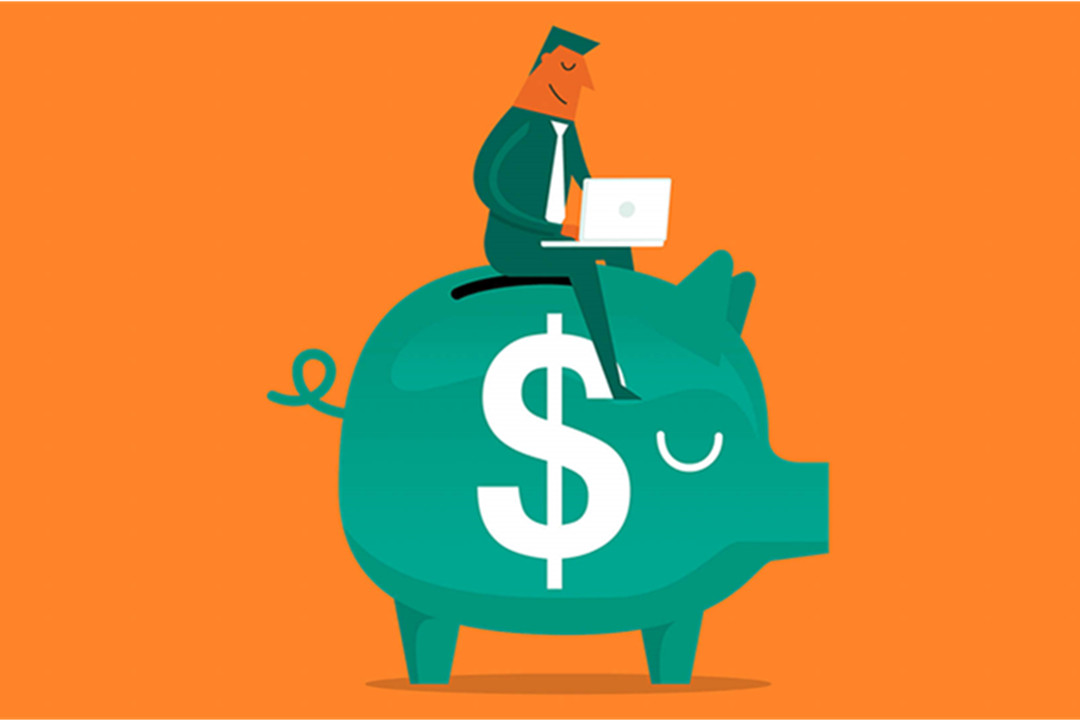Saving money is the first step towards providing a secure and stable future for yourself. Once you’ve started to put some money aside, you may be curious where exactly you should be keeping these savings. One of those options is a preferred savings account.
Selecting the Account
Most banks, even more, modern or digital-only institutions, will offer a wide variety of account options. You will have your standard checking accounts, money market funds, perhaps even CDs (Certificates of Deposit), and, of course, savings accounts. These account offerings will most likely be tiered, meaning they offer different benefits at different deposit amounts. The preferred savings account is likely to be one of these options.
Typically you will see options for a standard savings account that has a low balance requirement (or none at all), then more advanced accounts. The preferred savings account will be one of the latter options. Compared to a standard account, the preferred savings will almost certainly offer a higher interest rate. Where a normal account may offer .05%, a preferred savings account would likely offer .30% or more in the same scenario. It may not seem like much, but that’s actually six times the earnings of a standard account, if not more.

MAINTENANCE AND REWARDS
The trade-off involved is that your preferred savings account is likely to have a higher balance requirement than the more traditional account options. You will need to ensure you stay at or above this balance to avoid paying any maintenance fees. This is important to note, because oftentimes the fees for the account will be greater than the interest you’re earning, so it is essential to make sure you are in an account that has balance requirements you can realistically meet.
These accounts may also offer higher interest on earlier deposits and lower interest as your balance gets higher. Make sure you read all disclosures carefully to ensure you’re getting the most value for your money. If your bank only pays a high level of interest on say, the first $5,000.00 you deposit, it may be worthwhile to have separate accounts at separate banks to maximize your interest-earning potential.
Regardless of the account, you choose, just being aware of your options and making sure you save money is a step in the right direction.





